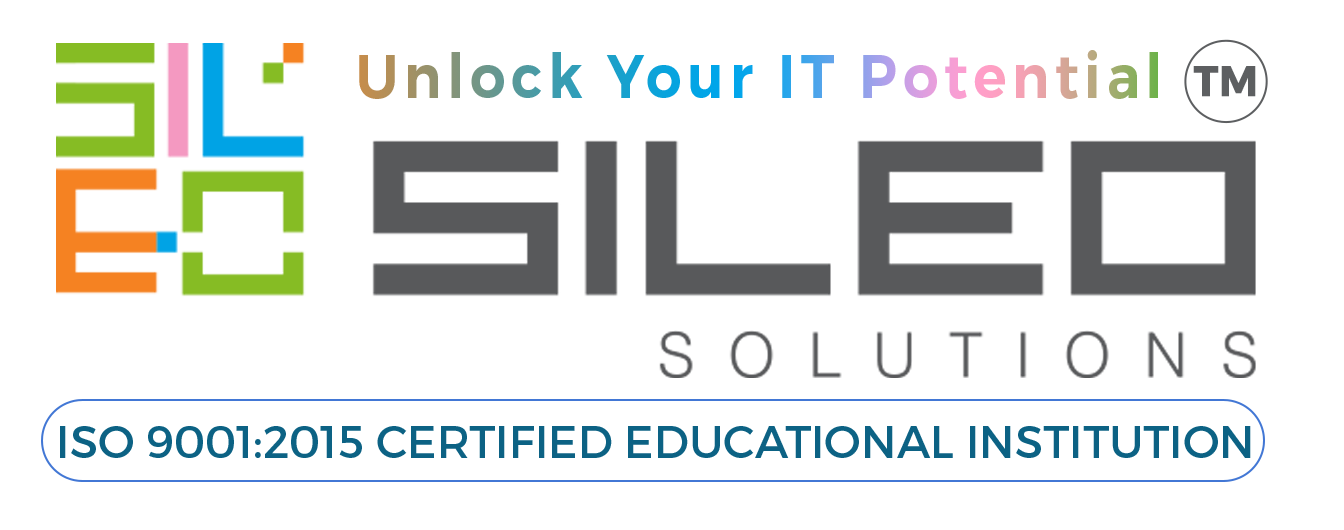The CompTIA A+ certification is a widely recognized credential that helps individuals kickstart their IT careers in today’s digital world. It is the preferred certification for technical support and IT operational roles. The certification validates that certified professionals possess the necessary skills to provide support in today’s digital landscape
New Exam Codes 220-1101 & 220-1102
Previous Version Exam Codes 220-1001 & 220-1002
Part I CompTIA A+ Essentials
Introduction
The A+ Certification is a professional certification for computer technicians. It covers essential knowledge and skills required to install, configure, and maintain computer hardware and software. The certification is widely recognized in the IT industry and can help individuals start or advance their careers in computer support.
The PC Technician Essentials course provides an overview of the fundamental concepts and tools used by PC technicians. It covers topics such as preventing electrostatic discharge, numbering systems used in computers, measuring data transfer and frequency, and important websites for troubleshooting and support.
PC Anatomy
Understanding the essential parts of a computer is crucial for troubleshooting hardware issues. The main components of a computer include the motherboard, processor (CPU), memory (RAM), storage devices (hard disk drives, CD/DVD optical drives, removable storage, USB flash memory drives, external hard disks), power supply, cooling system, input/output (I/O) ports, video display, and graphic cards.
Motherboards, Processors, and Adapter Cards
The motherboard is the main circuit board that connects all the components of a computer. It houses the CPU, RAM slots, expansion slots for adapter cards (such as graphics cards or network interface cards), and other essential components.
Processors, also known as CPUs (Central Processing Units), are responsible for executing instructions and performing calculations in a computer. They come in different types and models with varying performance levels.
Installing adapter cards allows users to add additional functionality to their computers. Common types of adapter cards include graphics cards for enhanced video performance and network interface cards for connecting to networks.
BIOS
The BIOS (Basic Input/Output System) is firmware that initializes hardware components during the boot process. It provides low-level control over the computer’s hardware settings and configurations. Users can configure various settings in the system BIOS to optimize performance or enable/disable specific features.
Power Supplies and System Cooling
Power supplies provide electrical power to all the components of a computer. They come in different wattages and form factors to accommodate various system requirements.
System cooling is essential to prevent overheating and ensure stable operation. It involves cooling mechanisms such as fans, heat sinks, and liquid cooling systems.
RAM
RAM (Random Access Memory) is a type of volatile memory used by computers to store data that is actively being used by the CPU. It provides fast access to data but loses its contents when power is removed from the computer.
There are different types of RAM modules available, including DDR4, DDR3, and DDR2. Each type has its own operational characteristics and compatibility requirements.
Installing memory modules involves physically inserting them into the appropriate slots on the motherboard. It’s important to ensure compatibility with the motherboard’s specifications.
I/O and Multimedia Ports and Devices
I/O ports allow users to connect various input/output devices to their computers. Common types of I/O ports include USB ports, audio jacks, Ethernet ports, HDMI ports, and VGA ports.
Input devices are used to provide input to a computer system. Examples include keyboards, mice, touchpads, scanners, and webcams.
Multimedia devices are used for audio/video playback or recording. Examples include speakers, microphones, webcams, sound cards, and graphics tablets.
Installing input and multimedia devices involves connecting them to the appropriate ports on the computer system. Troubleshooting these devices may involve checking connections, drivers, or compatibility issues.
Video Displays & Graphic Cards
Video displays are output devices that allow users to visualize information generated by their computers. Common types of displays include LCD monitors, LED monitors, OLED displays, and CRT monitors.
Installing a video card can enhance video performance by offloading graphics processing from the CPU to a dedicated graphics processing unit (GPU). It allows users to connect multiple displays or achieve higher resolutions.
Troubleshooting display issues may involve checking connections, drivers, or adjusting display settings. Preventative maintenance for displays includes cleaning screens regularly using appropriate cleaning solutions.
Part II CompTIA A+ Practical Application
Security
Security fundamentals are essential for protecting computer systems from unauthorized access or malicious activities. Topics covered include securing wireless networks, data encryption methods, physical security measures (such as locks or biometric authentication), access control principles (such as user permissions or role-based access control), installing/configuring/troubleshooting security features (such as firewalls or antivirus software).
Printers & Storage Devices
Printers are output devices that allow users to produce hard copies of digital documents or images. They come in various types such as inkjet printers, laser printers, dot matrix printers, or 3D printers.
Storage devices are used to store digital data persistently. Examples include hard disk drives (HDDs), solid-state drives (SSDs), optical drives (CD/DVD drives), removable storage media (USB flash drives)

